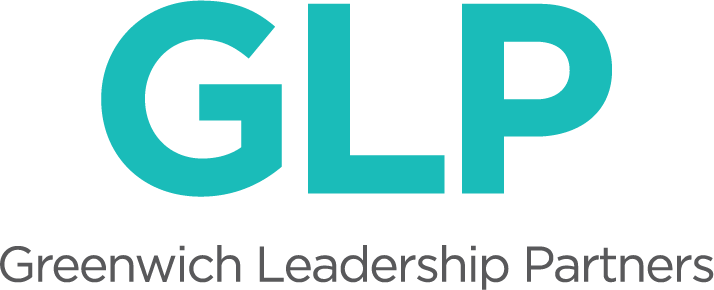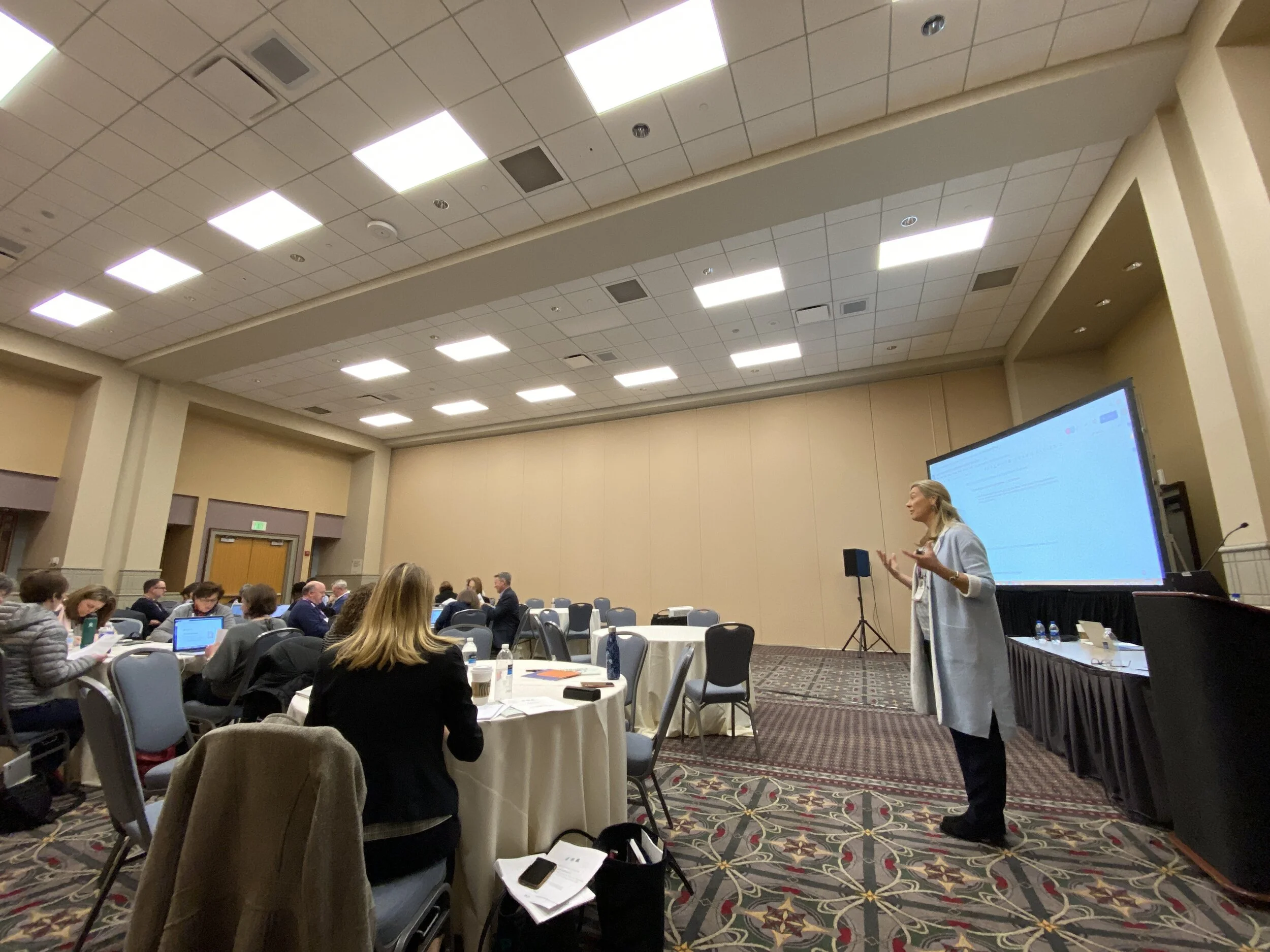In the face of new challenges without clear solutions, leadership expert Ron Heifetz reminds us that:
“Progress on problems is the measure of leadership; leaders mobilize people to face problems, and communities make progress on problems because leaders challenge them and help them to do so.”
Yesterday, in “Hope for the Best, Prepare for the Worst”, I made the case that we should expect and prepare for a protracted period of disruption (12-18 months) for schools - and frankly, for all aspects of our lives, as our world battles the spread of COVID-19 and works to develop an effective vaccine. Later that day, I read a similar take in MIT Technology Review, and a bold call to action in the Atlantic.
As crazy as things feel now, if the virus spreads as forecasted, even with strong efforts to mitigate, we will likely see a big resurgence of infection in the fall/winter of 2020. Our new normal is likely to be one of ongoing “social distancing” and intermittent school closures in communities or regions where the need to isolate is acute. So what we do NOW is the emerging playbook for what’s ahead -- and if we embrace it our potential to successfully support thriving learners, adults and students, is greatly improved. It’s time to “make progress on problems”.
I outlined a few areas for awareness:
Don’t approach your closure and your move to distance learning as temporary
It’s going to be about a lot more than “school”
The economic impact to schools (and all of us) could be severe
What matters most in learning must be redefined
Adults and their children need support more than ever in learning
what might schools do NOW and how do we get ready for what’s next?
Build a “new normal” response team that does more than respond: While the triage reality may feel overwhelming, we are also tasked with looking out to the horizon. Not only do you need in the minute leadership capacity, you need to do scenario planning. Engage members of your board who can offer thought partnership and who can help model contingency plans. Clearly define and carefully compose the team who can make decisions, anticipate needs, and unleash and distribute leadership throughout your school. Cluster your best talent around this, and set up a protocol for how you’ll work. Acting now will ease the burdens, ensure no one feels isolated, and showcase your best efforts in communicating with, serving, and sustaining the needs of your community. GLP counsels schools to build agile teams as a regular part of our work. McKinsey offers some guidance here, as does the Clayton Christensen Institute.
Establish a clear plan for adult learning -- now! This will be a work in progress as faculty and staff adjust to working remotely. For teachers, the upskilling, both in the use of technology and in the effective design of remote learning experiences and adaptation of curriculum, will take time. I loved this article from Kirk Wheeler that calls our attention to the many pieces of this puzzle. The American School in Japan continues to adapt and assess their dynamic Distance Learning Plan — this is also a strong launch pad for schools coming up to speed. We recommend using ZOOM as the best platform to gather faculty together and to break out in smaller teams or groups to design, learn, and engage in dialogue.
Rethink all your assumptions about learning and learning design: First and foremost, do not ask teachers to replicate their classroom experience or lesson plan online. It won’t work for a whole host of reasons and it won’t be good for students. Instead --invite teachers to be creative and try new things. Now is a time for experimentation grounded in the hands of your learners -- as Thomas Arnett of the Clayton Christensen Institute guides us, they will need to take on more of this work and self direct. What does that look like? Most of all, it’s about allowing families to exercise control over learning time and objectives; employing resources already available so they can engage productively; and ensuring ample opportunity to connect virtually in dialogue and in community. And the first order of the work is to establish connections, set expectations, and build community in your new environment— the next few weeks may well feel like the first weeks of the school year.
Keep it simple: As one head of school commented to us, there are so many resources for remote learning it can be tremendously overwhelming. You don’t need all of it, and you can discover slowly what works for your school and your learners. Start with where you are. For example, if you are school working on the Google platform, focus there. As teachers discover particular strategies and resources they love, share them. Build a virtual PLC if you do not yet have one where people can congregate for learning, for fun, and to share resources. To get started with online learning design, here’s an easy guide that aligns tools to purpose. Relax your expectations: decide what matters most for learning in these early days, and emphasize how teachers and students remain connected— and set yourself up for success next fall and beyond.
Be hopeful but also be realistic in your communications: We really don’t know what’s next. Help people prepare and engage in the potential realities ahead. Don’t promise families or employees that all will be back to normal soon— it may not be. Instead, stress the values that comprise your community, invite them to adapt and learn with you, let them know that there will be bumps, be vulnerable, and reassure them that you will navigate this together. At the same time, ensure clarity and precision in the decisions you can communicate. Whether it’s about expectations for learning, expectations for work, expectations for communication, or how school will operate, it’s important to be calm, clear, and definitive so people know where they are amidst a lot of confusion.
Share, share, share: What we learn in the next few weeks will be the foundation for how we adapt and thrive going forward. Our collective efforts to collaborate, share, and innovate need to be in the spotlight and spread— so all schools, families, and communities benefit. We will be hosting ZOOM conversations next week— please let us know of your interest in this quick survey. And if you need real time help, a resource, or a sounding board, Stephanie is offering free “just-in-time” 30 minute calls for the next several weeks for anyone who wants to connect. You can schedule here.
Our goal is to stay in the “middle” and connect people, ideas, and resources as best we can. Let us know what you are doing so we can shine a light on you— together, we are better!






